St Marks National Wildlife Refuge is approximately 25 miles south of Tallahassee, Florida.
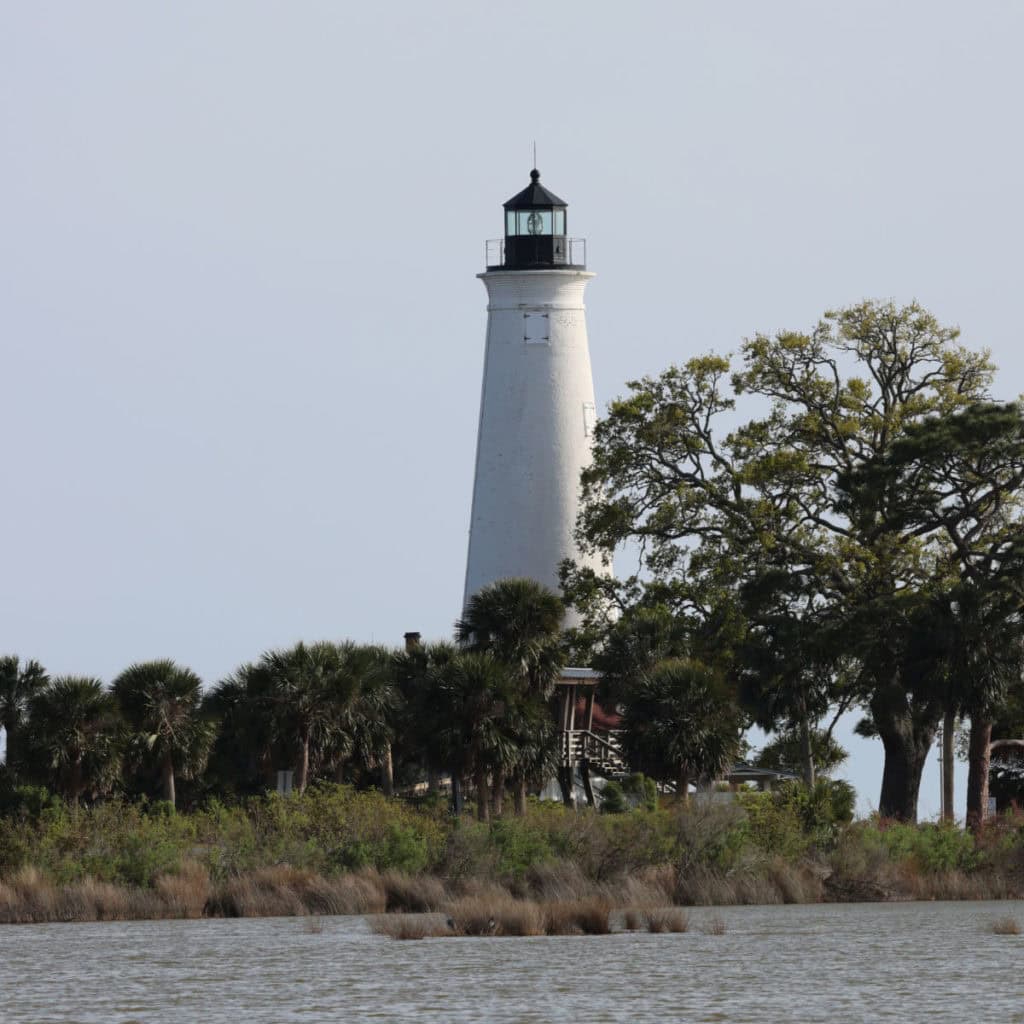
St Marks National Wildlife Refuge
Established in 1931, St Marks is one of the oldest refuges out of the more than 570 National Wildlife refuges in the National Wildlife Refuge System.
It lies approximately a half hour south of Tallahassee in a region often referred to as Florida's "Big Bend" or "Nature Coast."
The Refuge has over 83,000 acres in three counties, including Wakulla, Jefferson, and Taylor Counties, and approximately 43 miles along the Gulf of Mexico coastline.
This refuge was established because of its importance in providing wintering habitat for migratory birds.
TL;DR Don’t have time to read the full article? Here are my top finds:
🏨Hotels and Vacation Rentals
📍Tours
🐻 Save time! Buy your National Park Pass before your trip
Things to know before you visit St Marks National Wildlife Refuge
Entrance fee
per bike/pedestrian - $1.00
per vehicle - $5.00
Duck Stamp - $25.00
The Federal Duck Stamp is so much more than just a hunting stamp. They cover the admittance fee to National Wildlife Refuges, as well as being required for Migratory Bird Hunters (primarily duck and goose hunters). They are also collectible works of art and an easy way for everyone to help support wetland conservation.
Learn more about National Park Passes for parks that have an entrance fee.
$80.00 - For the America the Beautiful/National Park Pass. The pass covers entrance fees to all US National Park Sites and over 2,000 Federal Recreation Fee Sites for an entire year and covers everyone in the car for per-vehicle sites and up to 4 adults for per-person sites.

Buy your pass at this link, and REI will donate 10% of pass proceeds to the National Forest Foundation, National Park Foundation, and the U.S. Endowment for Forestry & Communities.
National Park Free Entrance Days -Mark your calendars with the free entrance days the National Park Service offers for US citizens and residents.
St Marks National Wildlife Refuge Map
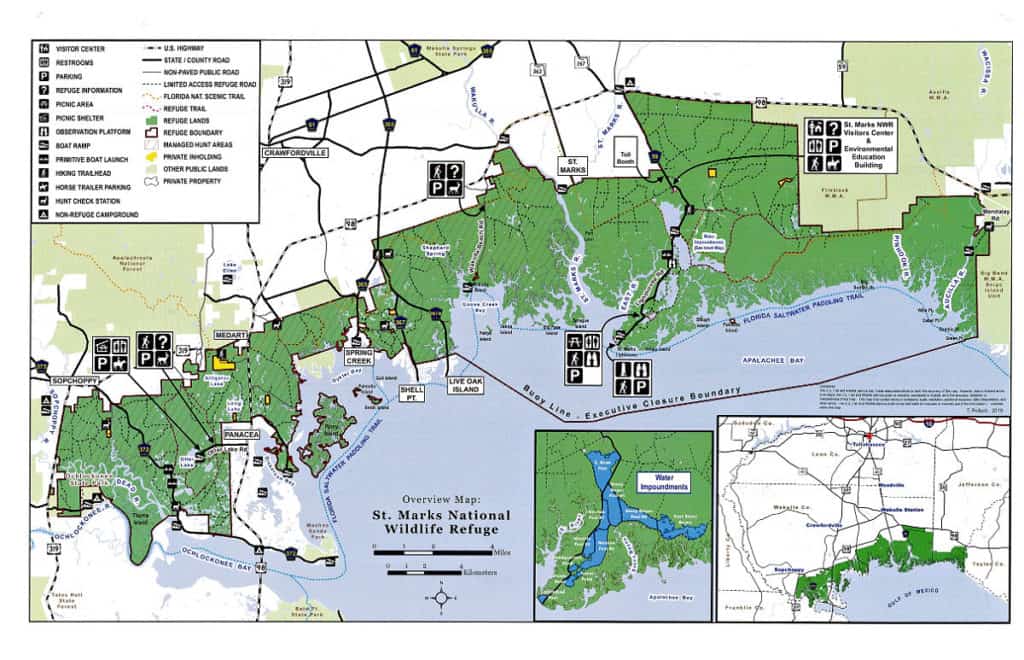
St Marks Refuge Information
Time Zone: Atlantic
Size - 93,000+ acres
Date Established - St Marks was established in 1931 to provide wintering habitat for migratory birds.
Phone Number - (850)925-6121
Mailing Address
St Marks NWR
PO Box 68
St. Marks, FL. 32355
Physical Address
St Marks NWR
1255 Lighthouse Road
St Marks, FL. 32355
GPS Coordinates
N 30° 9.097'
W 84° 8.845'
Pets - Pets on leash allowed.
Cell Service - cellular phone service is unreliable in the refuge, and you will most likely have no service during your visit.
Hours - The park is open year-round, during daylight hours. The gate to Lighthouse Road opens at 6:00 AM.
Wi-Fi Available - No
Parking - The St Marks Lighthouse is the most popular attraction, and the parking lot can fill up. I was patient and had no problem finding a parking space.
Food/Restaurants - There are no restaurants in the Refuge but there are several restaurants in the nearby town of St Marks, Florida.
Gas - There are no gas stations in the Refuge but there are gas stations in the nearby town of St. Marks, Florida.
Drones - Drones are prohibited
Electric Vehicle Charging - The closest EV Charging station is in Crawfordville, Florida, 18 miles west of the St Marks National Wildlife Refuge Visitor Center.
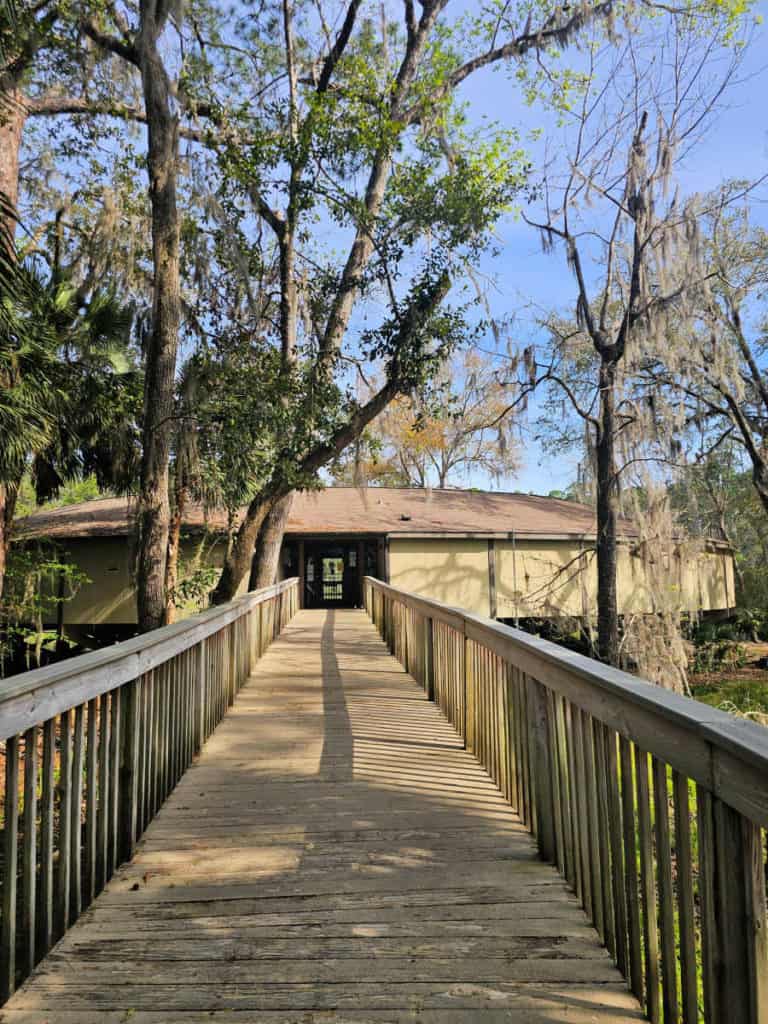
Don't forget to Pack these Items
Insect repellent is always a great idea outdoors, especially around any body of water.
We use Permethrin Spray on our clothes before our park trips. Please read my article on preventing biting insects while enjoying the outdoors.
Sunscreen - I buy environmentally friendly sunscreen whenever possible because you inevitably pull it out at the beach.
Bring your water bottle and plenty of water with you. Plastic water bottles are not sold in the park.
Sunglasses - I always bring sunglasses with me. I personally love Goodr sunglasses because they are lightweight, durable, and have awesome National Park Designs from several National Parks like Joshua Tree, Yellowstone, Hawaii Volcanoes, Acadia, Denali, and more!
Click here to get your National Parks Edition of Goodr Sunglasses!
Binoculars/Spotting Scope - These will help spot birds and wildlife and make them easier to identify. We tend to see waterfowl in the distance, and they are always just a bit too far to identify them without binoculars.
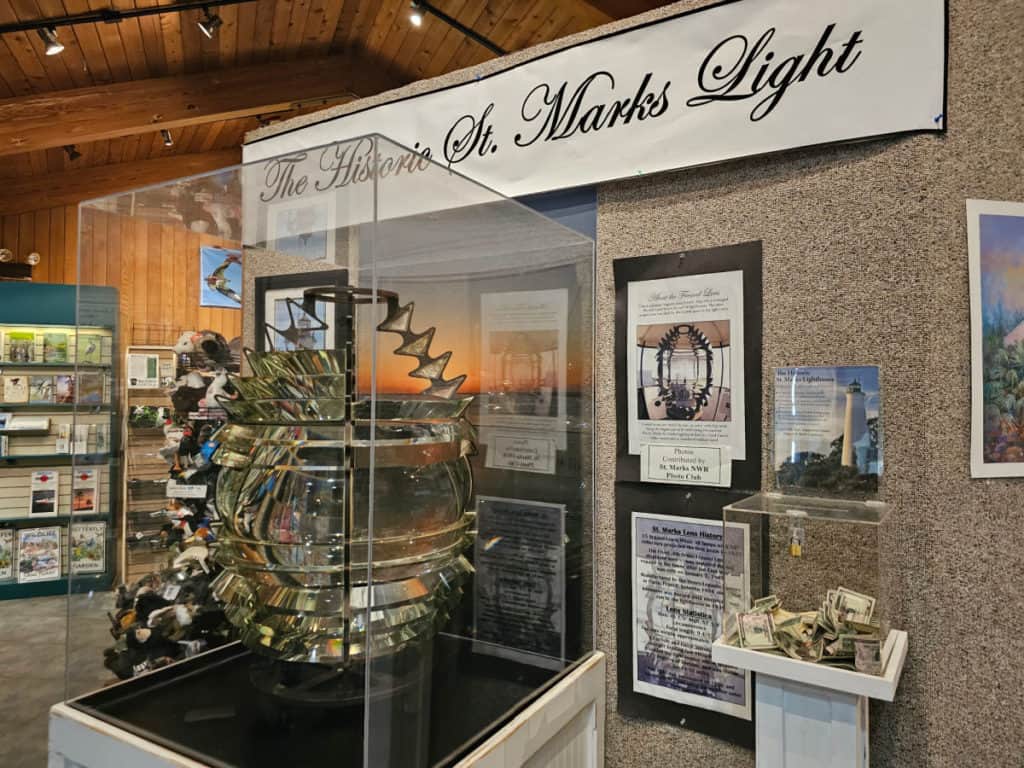
Getting to St Marks National Wildlife Refuge
Estimated Distance from Major Cities
Tallahassee, Florida - 25 Miles (45 minutes)
Panama City, Florida - 110 miles (2 Hours)
Gainesville, Florida - 135 miles (2hours, 30 minutes)
Closest Airports
International Airports
Tallahassee International Airport (TLH) - 25 miles North,(40 Minutes)
Northwest Florida Beaches (ECP) - The airport is located 18 miles Northwest of Panama City, Florida.
Jacksonville International Airport (JAX) - 185 miles, (3 hours)
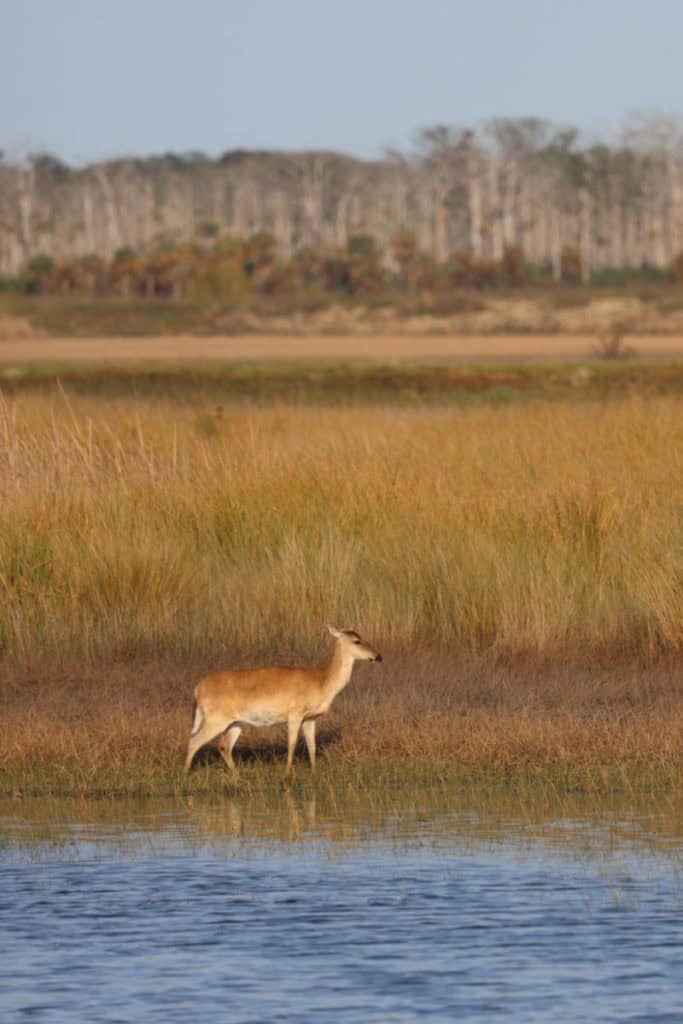
Driving Directions
Take SR 363(Woodville Hwy) from Tallahassee, Florida, to Wakulla. Turn East on SR 267 at US 98, turn East and cross the St Marks River, and right onto Lighthouse Road.
Best time to visit
I prefer the spring and fall. The weather is nice and the bird migration is incredible!
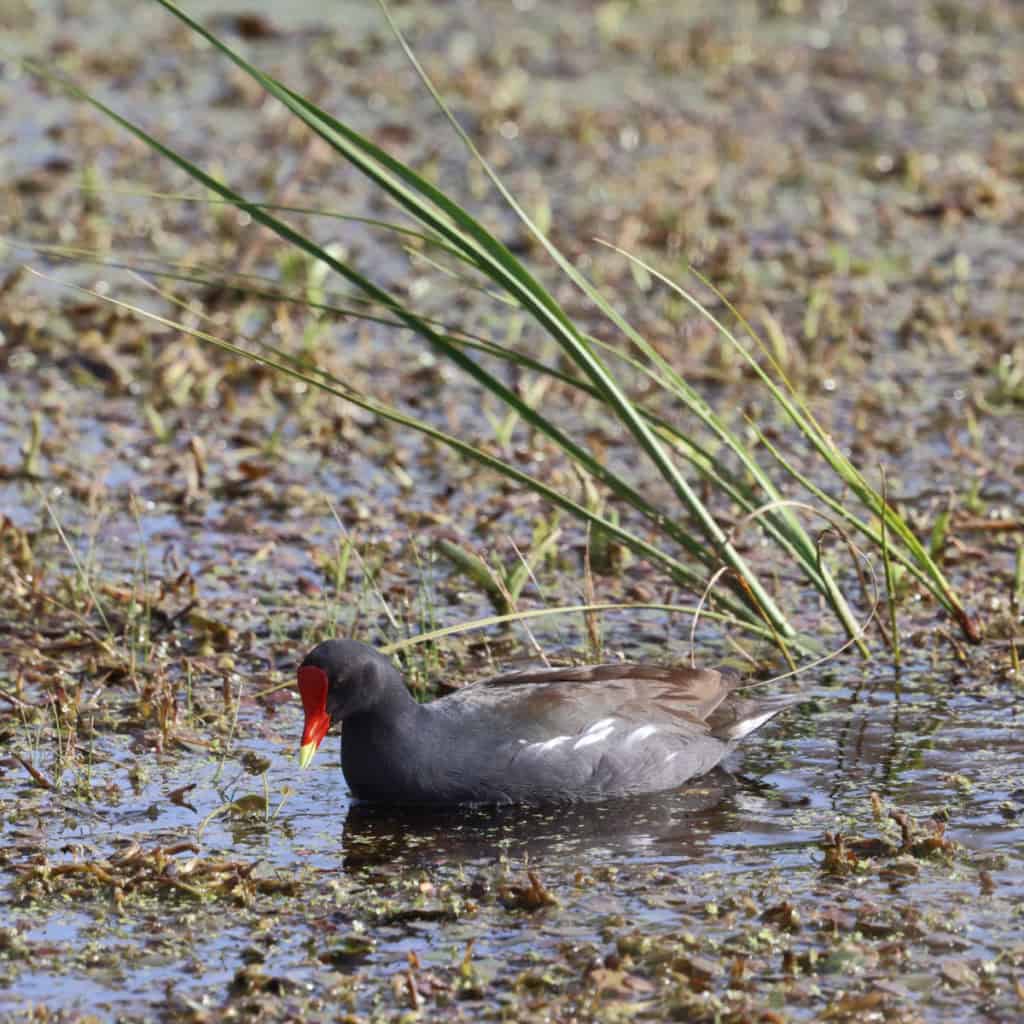
Weather and Seasons
Late Fall through early spring has cooler temperatures and afternoon rain showers. The spring and fall are also great times to see migratory birds and monarch butterflies.
The summertime brings hot and humid weather and plenty of biting insects. It's also a good time to see alligators and wood storks.
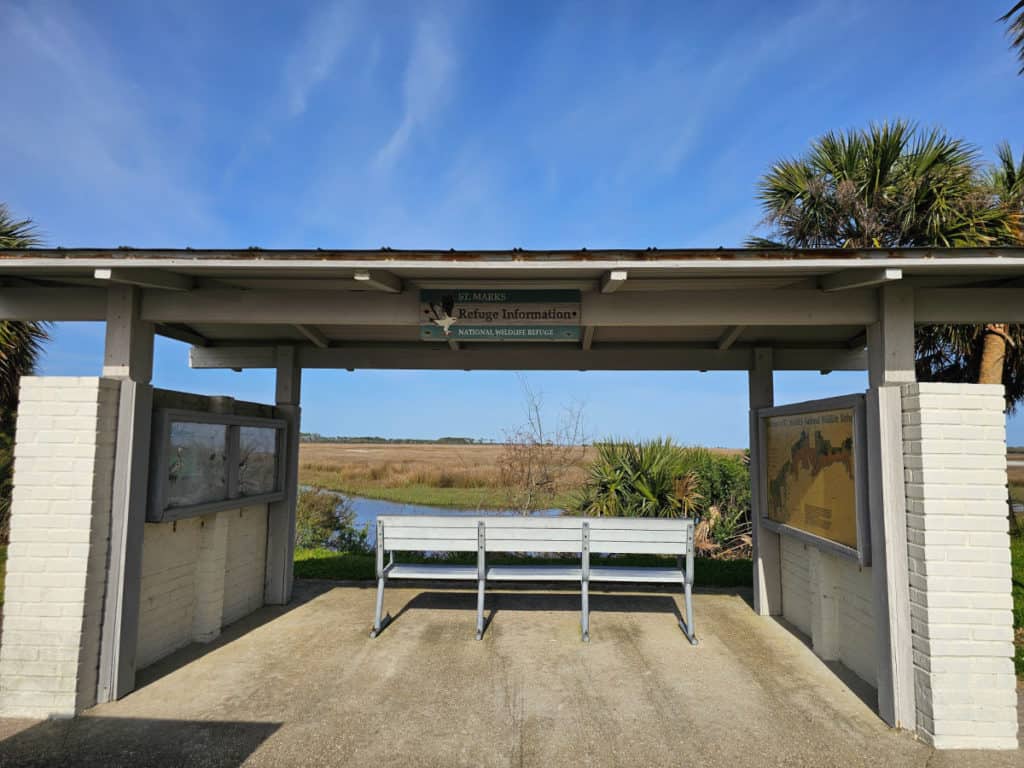
Best Things to do at St Marks National Wildlife Refuge
St Marks Lighthouse
The St Marks light is the second oldest light station in Florida. The original was completed in 1831 and has undergone several renovations, including being relocated further inland to protect from the bay and hurricanes, and another ten feet added later. In 2013, the lighthouse was transferred from the Coast Guard to the U.S. Fish and Wildlife Service.
Today, the keeper's quarters are open Friday-Sunday from 11:00 am to 3:00 pm. Call the visitors center at (850)925-6121 for the latest schedule.
Bird watching/viewing
Refuge visitors can explore the more than 150 miles of refuge roads, levees, and trails. This gives you plenty of opportunities to search for the 350+ bird species, 50 mammals, almost 70 reptiles, and 40 amphibians recorded in St Marks NWR!
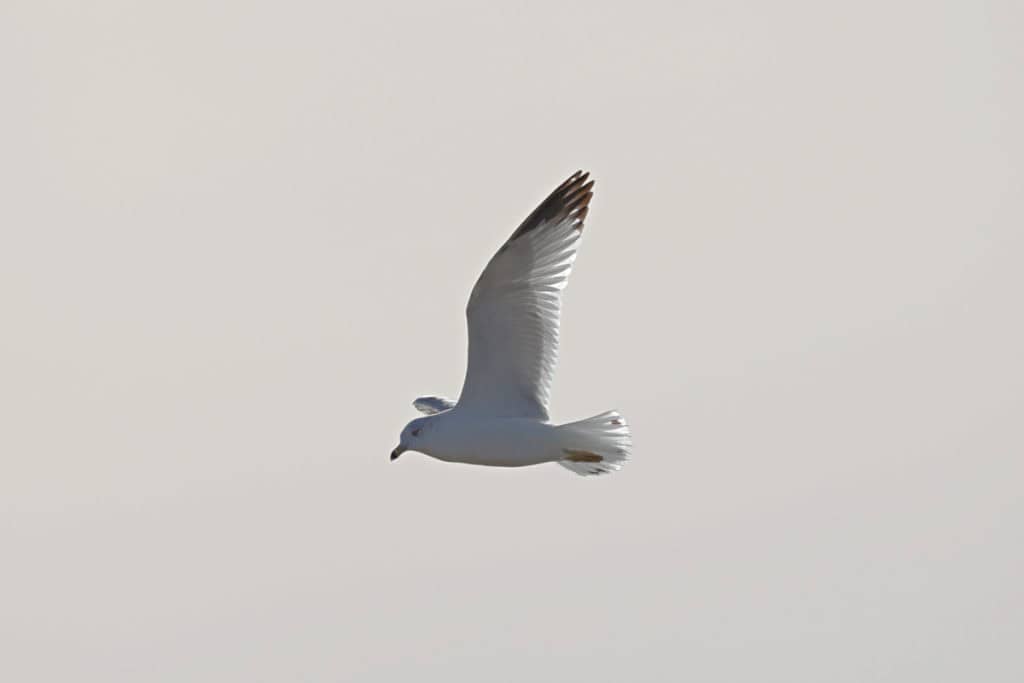
Photography
Bring your cameras and binoculars to explore the refuge with photography/wildlife viewing blinds. Of course, some get lucky and have a bobcat jump out in front of them and pose, but the reality is that a great photo typically takes time and patience.
Hiking
The best time to hike at St Marks is from fall through spring. The summers get incredibly hot, humid, and are full of biting insects.
Several trails vary from the .25-mile Headquarters pond trail to a small portion (56 miles) of the Florida National Scenic Trail that passes through the park. Other notable trails include the Lighthouse Levee Trail, Tower Pond Trail, and the Florida Circumnavigational Saltwater Paddling Trail.
Fishing
St Marks offers fishing opportunities year-round and includes freshwater and saltwater fishing opportunities.
Saltwater species include bluefish, spotted seatrout, flounder, red drum, Spanish mackerel, mullet, and black sea bass.
Freshwater species include largemouth bass, sunfish, and catfish. Make sure to read the regulations first and to have all the necessary licenses before going fishing.
Horseback Riding
Some trails are open for Horseback riding
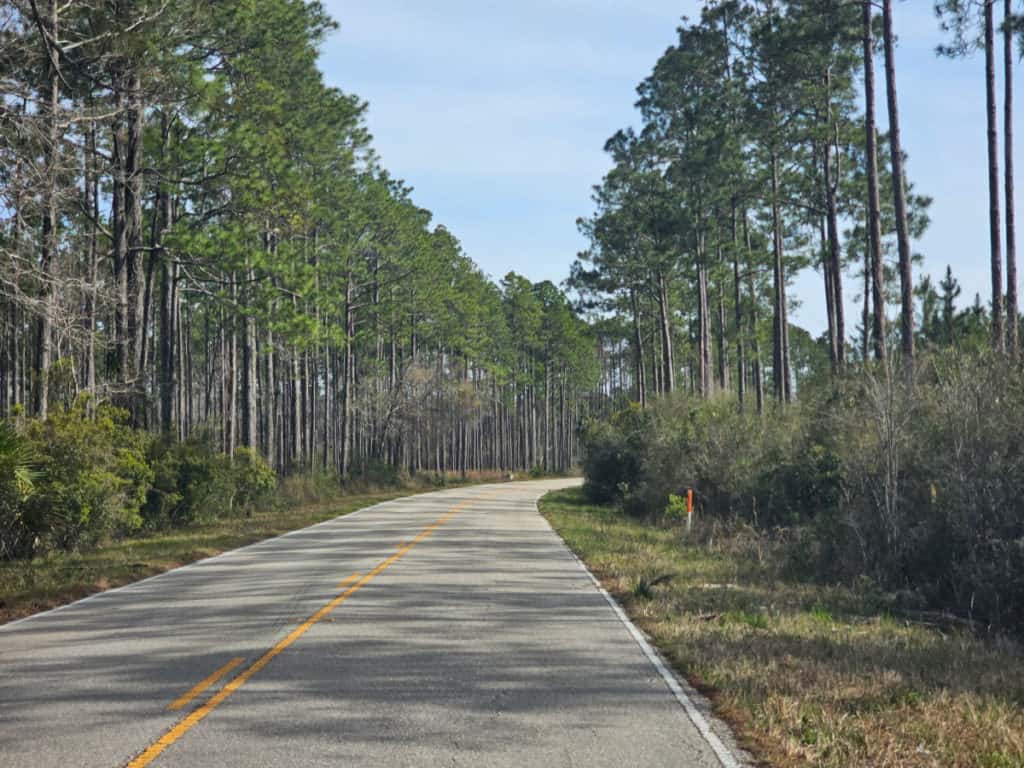
Lodging near St Marks National Wildlife Refuge
The Lodge at Wakulla Springs
Click here to book your stay at the Lodge at Wakulla Springs
Take a step back in time at the Wakulla Springs Lodge. This lodge is located in Edward Ball Wakulla Springs State Park and is known for its large freshwater spring and abundant wildlife. This is a GEM! Here you will get nature, luxury, history, and comfort all rolled into one!
Best Western Wakulla Inn & Suites
Click here to book your stay at the Best Western Wakulla Inn& Suites
This newly renovated hotel has a complimentary hot breakfast and high-speed internet, free parking, a pool, and a fitness center.
St Marks National Wildlife Refuge Camping
There is no camping in St Marks National Wildlife Refuge, but several locations are near the refuge, including the Newport Campground and Ochlockonee River State Park.
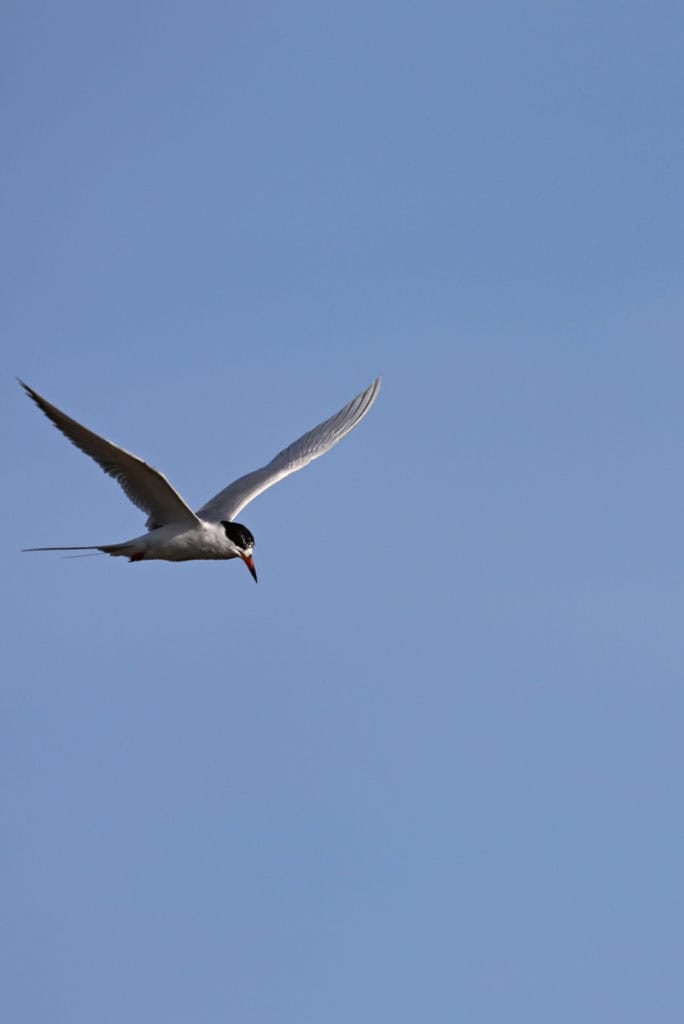
U.S. Fish and Wildlife Service Resources
The Wilderness Warrior: Theodore Roosevelt and the Crucade for America
This is a great book that centers on Roosevelt's conservation efforts and his role in establishing the Wildlife Refuge system.
The U.S. Fish and Wildlife Service
This book provides an in-depth coverage of the U.S. Fish and Wildlife Service, the Federal Agency that manages the National Wildlife Refuge System, protects endangered species, and conducts fish and wildlife research.
Blue Goose Passport Book
The Blue Goose Passport is named after the symbol of the National Wildlife Refuge System and is designed to record your visits to National Wildlife Refuges.
America's National Wildlife Refuges: A Complete Guide
An all-in-one guide to more than 500 sites in the National Wildlife Refuge System. This book lists each refuge alphabetically by state, providing basic information about accessibility, facilities, and habitat types.
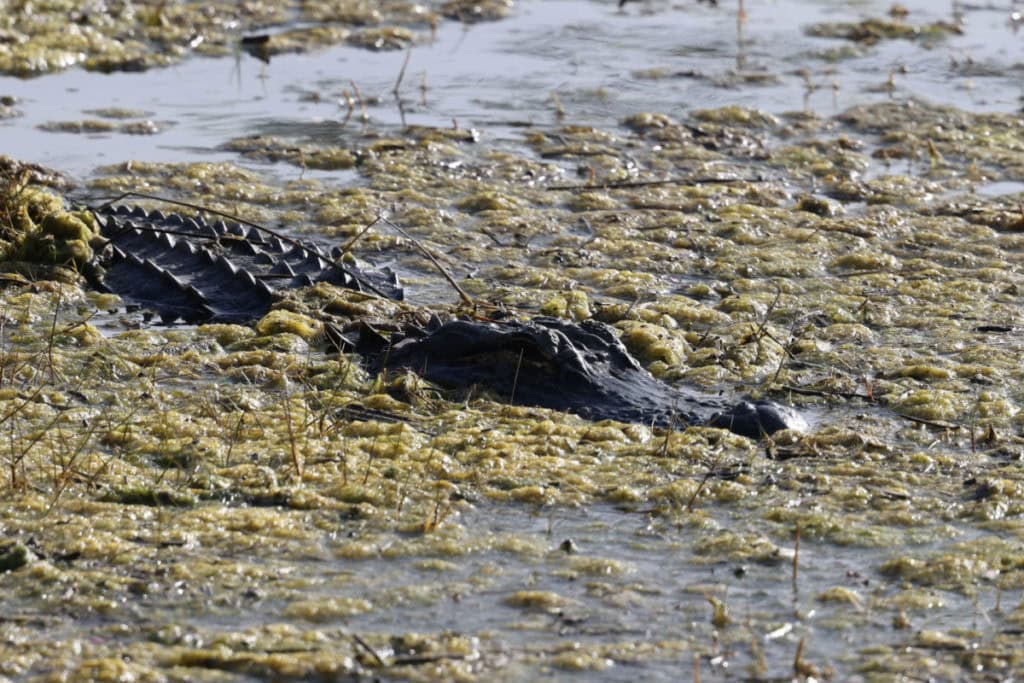
Additional Gulf Coast National Wildlife Refuges include
J.N. Ding Darling NWR - Sanibel Island, Florida
Merritt Island NWR - Titusville, Florida
Bon Secor NWR - Gulf Shores, Alabama
Mississippi Sandhill Crane NWR - Gautier, Mississippi
Cameron Prairie NWR - Bell City, Louisiana
Check out all of the great Florida National Parks and neighboring Georgia National Parks and Alabama National Parks.
Make sure to follow Park Ranger John on Facebook, Instagram, Pinterest, and TikTok

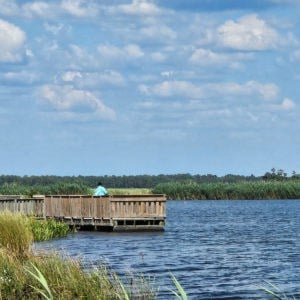


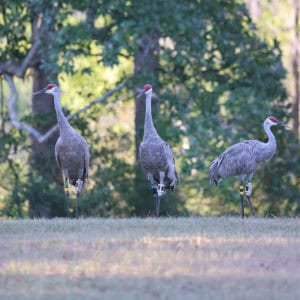
Leave a Reply